The Avocado Story And Fat Can Be Good
The Avocado Story And Fat Can Be Good (Issue 11)
by Anahad O’Connor and Dave Lieberman
(Anahad) Most of us have been programmed for years to think that cutting back on fat in every shape and form is the shortest path to better health. But the science could not be any clearer. Focus on the right kind of fat, and you’re likely to lose weight, protect your ticker, and lower your risk of all sorts of diseases. Scientists have known this is the case since at least the 1940s, when out of the devastation of World War II came one of the most crucial nutritional discoveries of the last century.
The setting was post-war Europe, southern Greece. In 1947, the Rockefeller Foundation sent researchers and humanitarian aid workers to the palm-dappled island of Crete, a land steeped in ancient history. Previously a paradise, the island had been left in near ruins after a brutal invasion and occupation by German and Italian forces. When the Rockefeller researchers arrived, they were sure they’d find rampant malnutrition. Compared to Americans, the Cretans ate like peasants. Wartime dinner tables were bereft of dairy, and protein was scarce. Instead the locals ate mostly bread, nuts, legumes, some fruits and vegetables and ample amounts of fat, some from fish and animals and a lot of it from olive oil.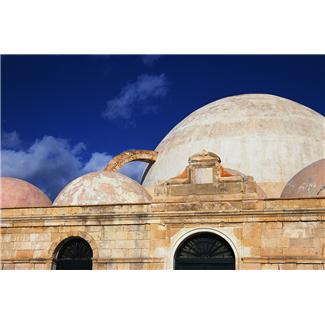
But the diseases that the researchers were sure they’d find among the Cretans were nonexistent. Cardiovascular disease, cancer and other ills were almost unheard of, and life expectancy was high.
That was in stark contrast to what scientists found when they examined six other countries, especially one much further north, Finland. Physically, the Finns could not have been more different from the people of Crete. They were loggers and farmers, standing tall, strong, and rugged. Malnutrition was not a concern. Like the Cretans, the Finns ate plenty of fat, most of it from meat, milk, and their national condiment, butter. They also had cholesterol levels that were similar to what was seen in Crete. But unlike the Cretans, the Finns had extraordinary rates of heart disease, the highest in the world. Sharp chest pains were as much a part of reaching midlife in Finland as a fiftieth birthday, except that the chest pains came first. Many Finnish children knew their grandparents only from pictures.
Some researchers thought the difference was genetics, or perhaps Crete’s balmy climate. But that theory was quickly disputed. Cretans who migrated to other countries, including tropical ones like Brazil, suffered the same rates of heart disease and cancer as their new countrymen. Speculation soon turned to tobacco. The Finns were known to like their cigarettes. But later studies showed that even in rural areas of Crete where the locals smoked frequently, drank heavily, and had other coronary risk factors, cardiovascular disease was low. Like a Doberman standing sentry over its turf, something in the Cretan diet was fiercely cardio-protective.
We know from more recent studies that the Finns were torturing themselves with the principal fat in their diet, saturated fat, while their Cretan counterparts were reaping huge rewards from the type of fat they were eating, monounsaturated fat.
The benefits of monounsaturated fat cannot be overstated. The medical literature on what it can do for you is enormous. It lowers bad cholesterol, raises the good kind, reduces inflammation, and prevents heart disease. Compared with the artery-gumming effects of saturated fat, it acts like arterial drain cleaner, keeping blood vessels clear and reducing harmful deposits. That’s the kind of fat anyone could love.
Balance may be a good thing, but experts say that when it comes to your fat intake, you definitely want the scales to tip heavily in favor of monounsaturated fat. Ask most people where they can find them, however, and beyond a mention of olive or canola oil, you’re almost guaranteed a blank stare. So consider yourself a Rockefeller scientist, on the verge of another great discovery. One of nature’s most abundant and perhaps surprising sources of monounsaturated gold is a food that plays almost no role in the average person’s diet: avocados. If the only time you eat them is in guacamole on Super Bowl Sunday, you’re making a huge mistake, like limiting green veggies to St. Paddy’s Day.
It’s time to make some room in your culinary repertoire.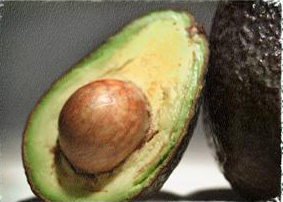
Ounce for ounce, avocados have more fat than virtually any other fruit, which is why most people typically avoid them, busting them out in the kitchen only a couple times a year for football or Cinco de Mayo.
Avocados collect dust on supermarket shelves the rest of the year, making only brief appearances in California rolls and burritos, as we fill our plates with foods that are nutritionally inferior.
Avocados may be high in fat, but the bulk of it is monounsaturated; and, like all plant foods, they contain no cholesterol. In fact, with their extremely high levels of fiber, about 30 percent of the recommended daily amount in a single cup (the most of any fruit); they actually work to lower your cholesterol.
But it gets better. Half an avocado has only 150 calories. That’s less than a small tier of [fast food] fries (230 calories), and amazingly, it’s even less than a single serving of most [creamy] salad dressings (170 to 190 calories), which also come loaded with sodium and both trans and saturated fats. Why dump that on a perfectly healthy salad when you can top it off instead with the best fat possible in the form of a few slices of avocado?
If every American made that decision, our health and nutritional landscape would look a lot different. According to a joint report by researchers at the Harvard School of Public Health and Brigham and Women’s Hospital in Boston, as many as a hundred thousand cardiac deaths in the United States could be prevented every year if people replaced the bad fats in their diet, particularly trans fats, with monounsaturated fat and its similarly healthy sidekick, non-hydrogenated polyunsaturated fat.
Then there’s potassium, the blood-pressure-reducing mineral that bananas are famous for. Bananas are a wonderful food, but avocados contain about 60 % more potassium. Like carrots in a candy store, avocados rarely get their due.
Consider avocados something of a culinary triple threat: tasty, versatile, and an excellent stand-in for other fats. As a health reporter who’s been through the studies and examined the science, I was sold a long time ago. But for all my good intentions, every time I experimented with avocados I would find myself right back in the same place: looking for … chips.
I just couldn’t seem to break out of the guacamole rut.
So I turned to Dave, who had dabbled only occasionally with avocados but quickly came around when he discovered their nutritional profile. In fact, he said, he had wanted to put them to good use all along.
(Dave) When I lived in Los Angeles, I thought I had entered an avocado Nirvana, because I had a big, beautiful avocado tree growing right on my deck. It was heavy with fat, green avocados. But I wasn’t the only one who had designs on them. Like clockwork, every time the avocados were ready to pick, I’d walk out onto the deck to find that every last one of them was gone, save for a few sad casualties left on the porch that were riddled with little tooth marks. That’s when I discovered I had squirrels. So much for my avocado heaven! That is, until now. Anahad finally gave me another good reason to dream up a bunch of ways to use avocado.
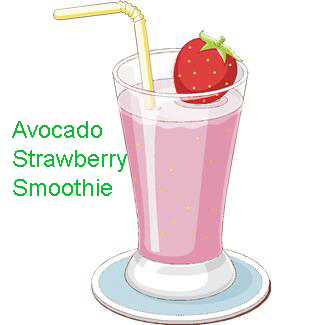 I’ve always loved avocados, but it wasn’t until I finally got around to experimenting with them that I realized just how truly versatile they are. Like most Americans, I’ve been pretty narrow in my avocado repertoire, sticking to salads, sandwiches, and dips. But …there’s a wide range of uses for avocado, from serving it hot in stews and soups to making it the starting point for delicious smoothies and desserts.
I’ve always loved avocados, but it wasn’t until I finally got around to experimenting with them that I realized just how truly versatile they are. Like most Americans, I’ve been pretty narrow in my avocado repertoire, sticking to salads, sandwiches, and dips. But …there’s a wide range of uses for avocado, from serving it hot in stews and soups to making it the starting point for delicious smoothies and desserts.
Preparing avocado in a sweet way was the most eye-opening part of this exploration for me. But in many parts of the world, particularly in South America and South Asia, enjoying avocado as a dessert with nothing more than some sugar …is de rigueur.
Treating avocado as a luscious dessert makes sense, considering its velvety richness. This heart-healthy fat content and mild flavor is exactly what makes avocado such a versatile ingredient. …With endless uses, avocado has everything you need to make it a staple at lunch, dinner and dessert.
Publisher’s Note:
It always seemed to me that avocados tasted so rich so that we would eat them and get full of good, healthy fat so that we could curb our appetites from the fullness we felt.
FEEDBACK
Please leave your comments below so others can share what you think.
______
ANAHAD O’CONNOR
Anahad has been writing for the Science Section at the New York Times. He is passionate about investigative science and fitness reporting. He is one of our panelists whose full bio you will find in the Experts section. Check our Resources Tab to purchase The 10 Things You Need To Eat.
DAVE LIEBERMAN
Through watching his father cook, Dave started his relationship with food. He went from hosting a campus cooking show at Yale to hosting shows for the Food Network and authoring several books. He works as a personal chef in New York, NY.
Copyright © [2012] by [WarriorsOfWeight.com] – All Rights Reserved.
Click here to subscribe to this newsletter.

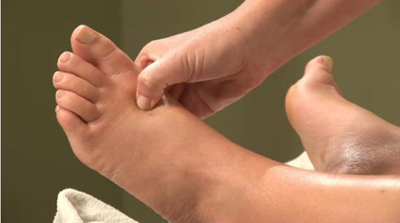
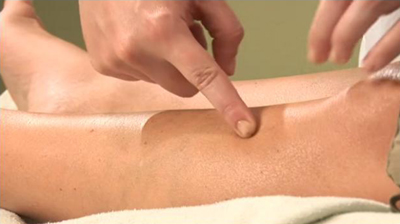 Now, Stomach-36 is a common point for regulating digestion. It has an auto regulating effect on the digestion, meaning that it can be used for things like diarrhea and constipation.
Now, Stomach-36 is a common point for regulating digestion. It has an auto regulating effect on the digestion, meaning that it can be used for things like diarrhea and constipation.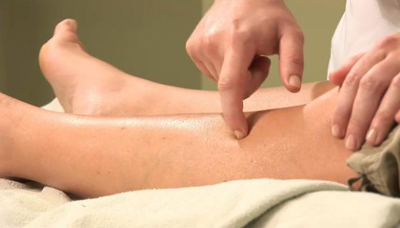 Another technique, known as tapping, is also effective here. You just want to tap on the point for about 30 seconds, at a time. Now, like all points, this point is found bilaterally on the body. So, you can find it on both legs. [Do it on both legs.]
Another technique, known as tapping, is also effective here. You just want to tap on the point for about 30 seconds, at a time. Now, like all points, this point is found bilaterally on the body. So, you can find it on both legs. [Do it on both legs.]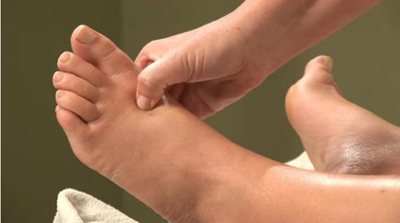 So, to locate Liver-3, it is in the hollow, between the first and second metatarsal bones. And again, your finger will kind of fall into a dip here, just before the bones begin to close. Now, Kidney-1 is on the bottom of the foot, almost directly below Liver-3.
So, to locate Liver-3, it is in the hollow, between the first and second metatarsal bones. And again, your finger will kind of fall into a dip here, just before the bones begin to close. Now, Kidney-1 is on the bottom of the foot, almost directly below Liver-3.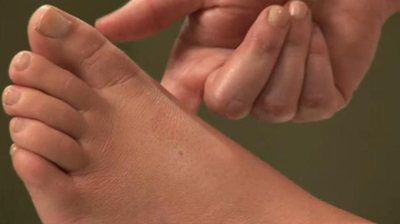 And the tapping technique is very useful for calming a mind that just won’t quit so that you can have better awareness and make good choices for yourself, as far as diet and exercise. I recommend doing this daily.
And the tapping technique is very useful for calming a mind that just won’t quit so that you can have better awareness and make good choices for yourself, as far as diet and exercise. I recommend doing this daily.
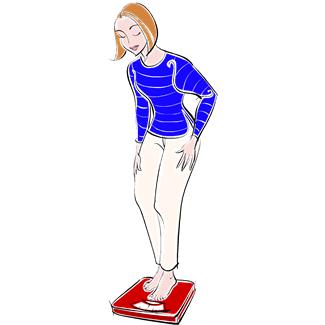 I’d like to emphasize here that some people can handle extreme diets. This is a given. But, on average, for people who have difficulty with weight loss plans, the “slow and steady wins the race” diet usually prevails because the preparation for maintenance in speed diets is usually missing.
I’d like to emphasize here that some people can handle extreme diets. This is a given. But, on average, for people who have difficulty with weight loss plans, the “slow and steady wins the race” diet usually prevails because the preparation for maintenance in speed diets is usually missing.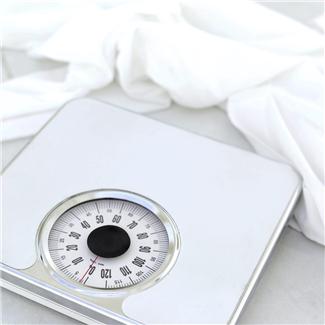 I know that’s not a serious amount of weight compared to other people, but that was my burden and a lot of trouble for me. Every morning, I would sit up on my piece of foam (no bed in those days) and hold my gut to see how my weight was doing. Since that was the first place weight settled on me, I wanted to know how much excess I had immediately upon awakening. I would be able to calculate right away where I was, and, maybe, tiptoe over to the scale in my studio apartment and weigh in. I always knew that the day had a gray cloud over it when I woke up and had that gut, but I went about my day of getting my music therapy training, just the same.
I know that’s not a serious amount of weight compared to other people, but that was my burden and a lot of trouble for me. Every morning, I would sit up on my piece of foam (no bed in those days) and hold my gut to see how my weight was doing. Since that was the first place weight settled on me, I wanted to know how much excess I had immediately upon awakening. I would be able to calculate right away where I was, and, maybe, tiptoe over to the scale in my studio apartment and weigh in. I always knew that the day had a gray cloud over it when I woke up and had that gut, but I went about my day of getting my music therapy training, just the same.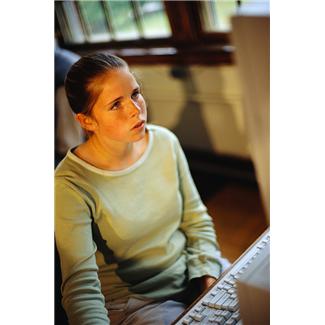 In all three settings, some students are very much connected with fellow students through electronic messaging, electronic tracking of friends’ physical whereabouts through standard phone apps that identify of their friends; others of us try to be invisible in school, hibernate in our homes, only showing our head when we have study groups or meetings by webcam, even while getting college degrees or running full time careers.
In all three settings, some students are very much connected with fellow students through electronic messaging, electronic tracking of friends’ physical whereabouts through standard phone apps that identify of their friends; others of us try to be invisible in school, hibernate in our homes, only showing our head when we have study groups or meetings by webcam, even while getting college degrees or running full time careers. Or, if someone is looking, waving is always good. Then, get up and continue along your way. As a reminder, put a tiny sign on the wall near your feet in the bedroom, across from wherever you look in the bathroom, by the bathroom exit, in the kitchen, at your chair and, definitely, on your phone.
Or, if someone is looking, waving is always good. Then, get up and continue along your way. As a reminder, put a tiny sign on the wall near your feet in the bedroom, across from wherever you look in the bathroom, by the bathroom exit, in the kitchen, at your chair and, definitely, on your phone.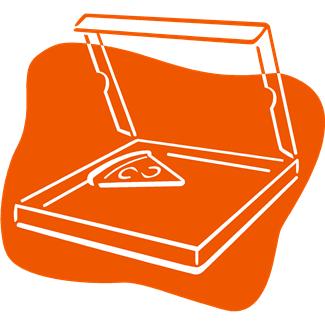 G: I have bought myself a pizza. And thought that I’m gonna have four slices. And I taste the first couple of bites. And then I go into a kind of an automaton routine. And then I look down, and almost all four of them are gone. And I don’t remember having slice number two, slice number three, or even the bites in between there. I don’t remember the experience. I’m very angry at myself for doing that. And because I wasn’t really there, I’m still hungry. And, so it keeps going.
G: I have bought myself a pizza. And thought that I’m gonna have four slices. And I taste the first couple of bites. And then I go into a kind of an automaton routine. And then I look down, and almost all four of them are gone. And I don’t remember having slice number two, slice number three, or even the bites in between there. I don’t remember the experience. I’m very angry at myself for doing that. And because I wasn’t really there, I’m still hungry. And, so it keeps going.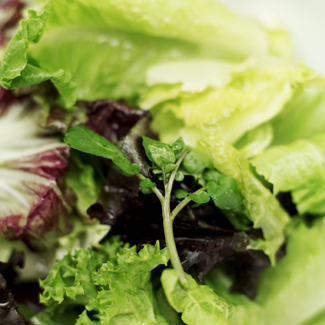 S: Yeah, we were talking about it as though it only happens with food that’s not so great for you. But, it could happen with a salad, too. Right?
S: Yeah, we were talking about it as though it only happens with food that’s not so great for you. But, it could happen with a salad, too. Right?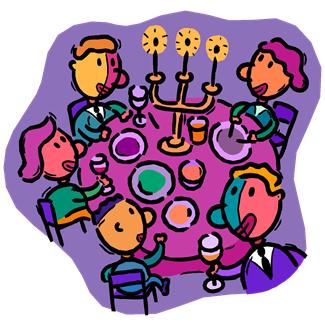 G: What do you think this has to do with our early table experiences? Eating at the table in my house was not very comfortable. It’s something that I learned that it’s really helpful to do as an adult and, actually, not all that long ago.
G: What do you think this has to do with our early table experiences? Eating at the table in my house was not very comfortable. It’s something that I learned that it’s really helpful to do as an adult and, actually, not all that long ago.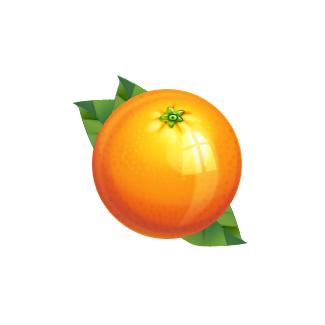 S: An orange is a particularly wonderful thing to do or like a tangerine. Something that’s easy to peel. The first thing to do is to take a look at it. You want to experience this food with all your five senses. You’re going to take some time, maybe 20 minutes, to fully experience this orange, or an apple, whatever it is.
S: An orange is a particularly wonderful thing to do or like a tangerine. Something that’s easy to peel. The first thing to do is to take a look at it. You want to experience this food with all your five senses. You’re going to take some time, maybe 20 minutes, to fully experience this orange, or an apple, whatever it is.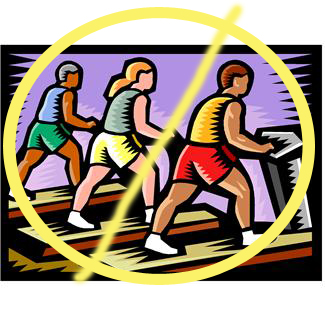 The obvious secret weapon that meditation offers is that it doesn’t require working out or body motion, often dreaded when we want or need to lose weight because we feel too uncomfortable to move or we’re dismal. There’s no big effort to get it started. The only thing moving is internal, it only takes a minute and it makes you feel good.
The obvious secret weapon that meditation offers is that it doesn’t require working out or body motion, often dreaded when we want or need to lose weight because we feel too uncomfortable to move or we’re dismal. There’s no big effort to get it started. The only thing moving is internal, it only takes a minute and it makes you feel good.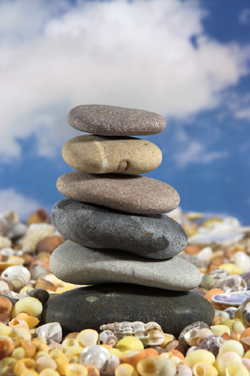 Imagine if every time we felt stress of some sort, we could do half a minute of meditation, and the stress would go away. Our emotional eating would reduce once we learned that a tiny taste of the meditative mind could give us a different perspective which could help reduce food cravings.
Imagine if every time we felt stress of some sort, we could do half a minute of meditation, and the stress would go away. Our emotional eating would reduce once we learned that a tiny taste of the meditative mind could give us a different perspective which could help reduce food cravings.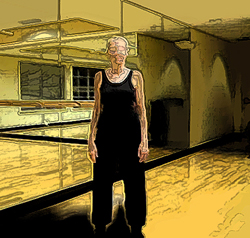 1) Stand with feet shoulder width apart.
1) Stand with feet shoulder width apart.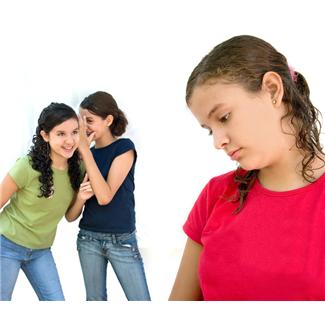

 MOMS = EXPERTS
MOMS = EXPERTS COACHES AS PROFESSORS
COACHES AS PROFESSORS Having our moms invade our territory is akin to how our daughters feel about us, at times or all the time. I remember the territoriality reversed, one day, when I tried to give my mom driving directions from her suburban home to a New York City location near my New York City apartment. (Of course, she had been nearby hundreds of times, but I knew exactly where she was going and knew current construction and thought I would offer help.) The instructions were refused, politely, because my mom was protecting the domain of expertise her husband had. She felt challenged on his behalf such that her acceptance of my help might minimize his expertise and, in turning down the directions, said something that paraphrased like, “Oh, let’s leave it to your stepfather; he’s an expert at that.” I understand completely because he was one of her heroes and they held each other on mutual pedestals.
Having our moms invade our territory is akin to how our daughters feel about us, at times or all the time. I remember the territoriality reversed, one day, when I tried to give my mom driving directions from her suburban home to a New York City location near my New York City apartment. (Of course, she had been nearby hundreds of times, but I knew exactly where she was going and knew current construction and thought I would offer help.) The instructions were refused, politely, because my mom was protecting the domain of expertise her husband had. She felt challenged on his behalf such that her acceptance of my help might minimize his expertise and, in turning down the directions, said something that paraphrased like, “Oh, let’s leave it to your stepfather; he’s an expert at that.” I understand completely because he was one of her heroes and they held each other on mutual pedestals.
 1) Watch Our Language: Yes, this one is painfully obvious, but not always as easy as we think. Be careful about the nicknames. It may seem silly, but I can tell you it is brought up over and over again in therapy sessions. Save yourself the money and choose a name that is healthy and appropriate!Try to curb your appearance-related comments. I know this is not going to eliminate every comment regarding appearance and there may even be times when a, “Wow! You look amazing!” is totally appropriate (shall we say prom night?), but on the whole, ensure that your focus is on your child’s character and accomplishments. Try this on for size, “You must feel great about [accomplishment, ex.: getting that award]. That shows real [character trait, ex.: courage].” After all, isn’t that what we really care about?
1) Watch Our Language: Yes, this one is painfully obvious, but not always as easy as we think. Be careful about the nicknames. It may seem silly, but I can tell you it is brought up over and over again in therapy sessions. Save yourself the money and choose a name that is healthy and appropriate!Try to curb your appearance-related comments. I know this is not going to eliminate every comment regarding appearance and there may even be times when a, “Wow! You look amazing!” is totally appropriate (shall we say prom night?), but on the whole, ensure that your focus is on your child’s character and accomplishments. Try this on for size, “You must feel great about [accomplishment, ex.: getting that award]. That shows real [character trait, ex.: courage].” After all, isn’t that what we really care about?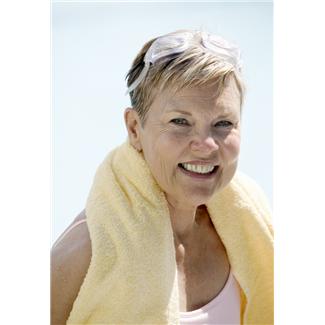
 The good news about this story is two-fold: we can figure out what we want, how valuable it is to us and what we are willing to give up to achieve it and the wish collector who leads us to contemplate our objective is within us. It is we who get to decide on our most precious goal, although we might want to keep it small enough so that we can succeed at it small increments at a time.
The good news about this story is two-fold: we can figure out what we want, how valuable it is to us and what we are willing to give up to achieve it and the wish collector who leads us to contemplate our objective is within us. It is we who get to decide on our most precious goal, although we might want to keep it small enough so that we can succeed at it small increments at a time. order to reach our ONE WISH, which is the path we choose for right now, we must consider what is most important to us. There is no rush, so we need proceed at our own pace. As long as we don’t procrastinate or consistently stray away from a decision through distraction. Writing down ideas helps a lot. Every time we cross one off or delete an idea, we are one step closer to having that one wish present in our mind. Once we have “it,” we can take a tiny sliver of an action that will take us a centimeter closer to achieving “it.” Big steps are OK, but we must be polished swimmers to jump into deep ocean. Most of us can do massively well by first stepping off the sandbar and proceeding slowly. Please be patient as I outline steps for finding the right wish for you now. They may seem easy and obvious, but going through the exercise of writing them down and proceeding one at a time builds momentum and keeps us directed.
order to reach our ONE WISH, which is the path we choose for right now, we must consider what is most important to us. There is no rush, so we need proceed at our own pace. As long as we don’t procrastinate or consistently stray away from a decision through distraction. Writing down ideas helps a lot. Every time we cross one off or delete an idea, we are one step closer to having that one wish present in our mind. Once we have “it,” we can take a tiny sliver of an action that will take us a centimeter closer to achieving “it.” Big steps are OK, but we must be polished swimmers to jump into deep ocean. Most of us can do massively well by first stepping off the sandbar and proceeding slowly. Please be patient as I outline steps for finding the right wish for you now. They may seem easy and obvious, but going through the exercise of writing them down and proceeding one at a time builds momentum and keeps us directed.





